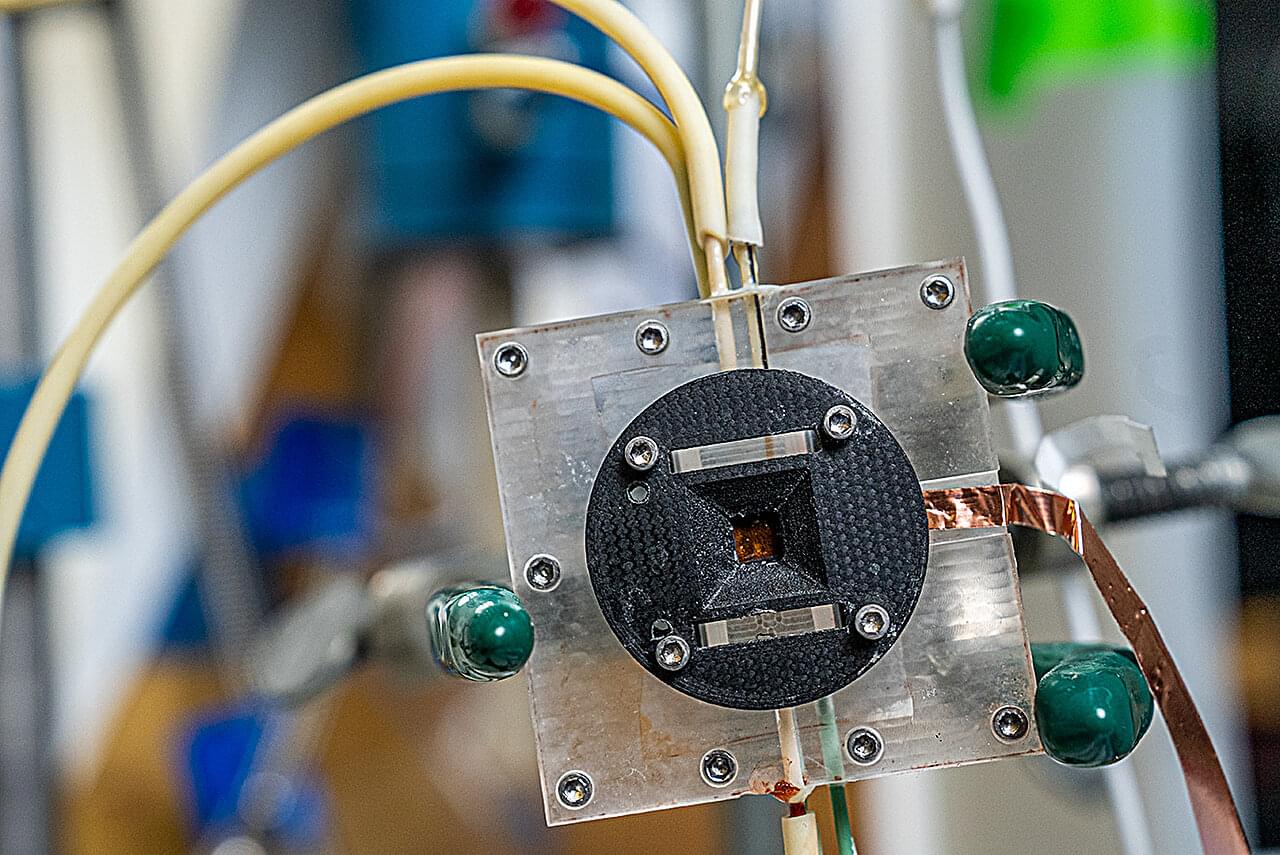New research has revealed the fundamental mechanisms that limit the performance of copper catalysts—critical components in artificial photosynthesis that transform carbon dioxide and water into valuable fuels and chemicals.
In a study co-led by scientists at Lawrence Berkeley National Laboratory (Berkeley Lab) and SLAC National Accelerator Laboratory, researchers have used sophisticated X-ray techniques to directly observe how copper nanoparticles change during the catalytic process.
By applying small-angle X-ray scattering (SAXS)—a technique traditionally used to study soft materials like polymers—to this catalyst system, the team gained unprecedented insights into catalyst degradation that has puzzled scientists for decades.
